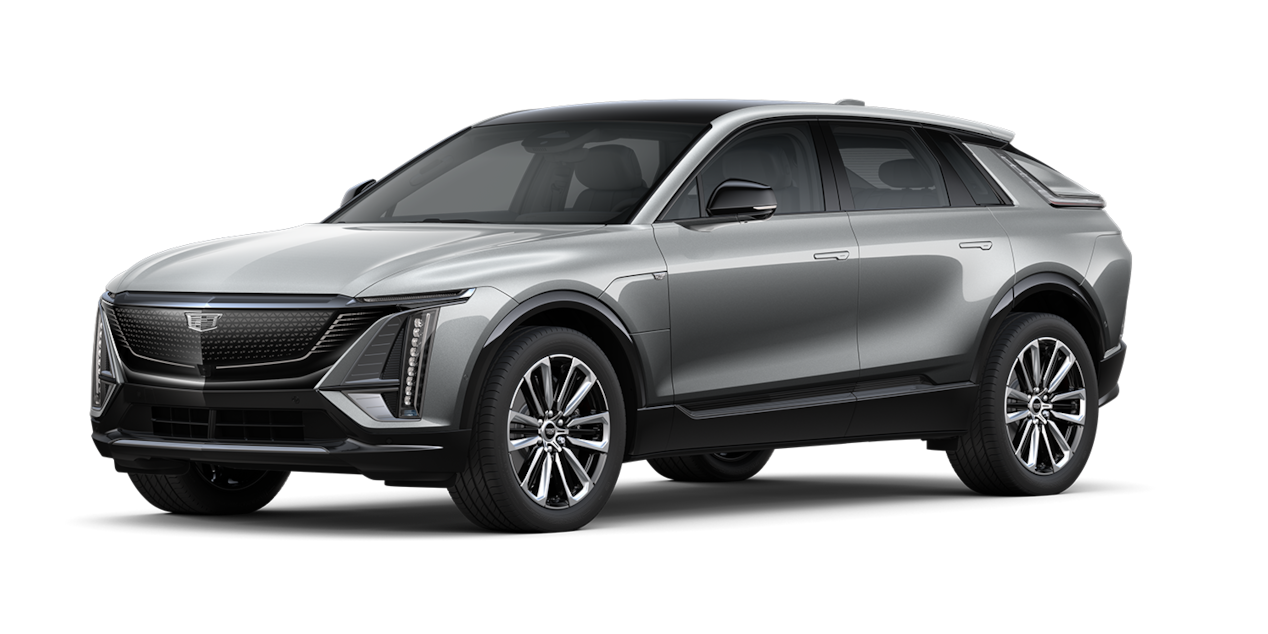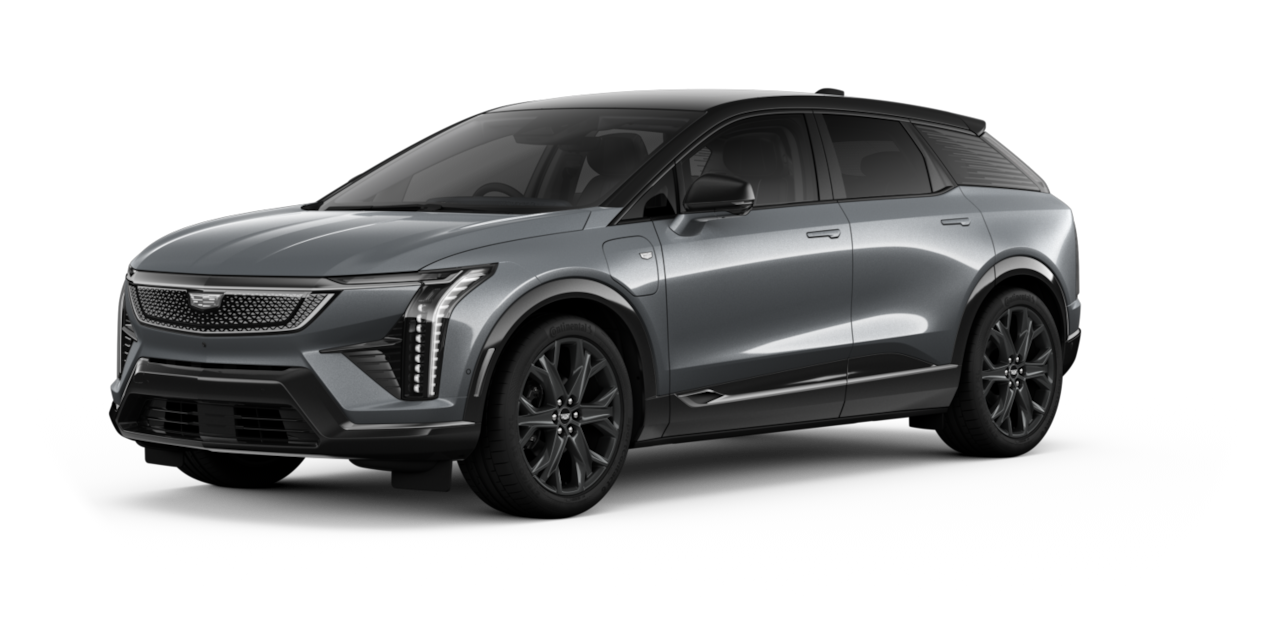HIGH VOLTAGE BATTERY RECYCLING
SAFETY AND SAFE HANDLING
Electrical, chemical, and thermal hazards exist with all high voltage Li-ion battery technology. The degree of risk varies based on the type of task being performed, amount of connected energy (i.e., the number of battery modules still electrically linked together in a pack), and the state of charge.
Under normal circumstances, chemicals contained within GM EV Li-ion battery cells do not present a hazard. However, damage to a Li-ion battery cell may result in exposure to chemical hazards from leaking electrolyte or off-gassing. Please be aware that incorrect recycling of high-voltage Li-ion batteries may cause serious harm to the environment and human health. Do not attempt to dispose high voltage Li-ion batteries yourself; instead, rely on GM’s approved recyclers and their partners for proper disposal.
HAZARDOUS MATERIAL LOCATION
Cobalt Lithium manganese nickel oxide
Cathode
Ethylene-carbonate
Electrolyte
Lithium hexafluorophosphate(1-)
Electrolyte
Ethyl Methyl Carbonate
Electrolyte
Diethyl-carbonate
Electrolyte
Ethylene-glycol
Coolant
OCCUPATIONAL SAFETY
Parties should prioritize the safety of personnel working on high voltage Li-ion batteries as well as those in proximity when such work is being performed. Training and hazard awareness, standardized work procedures, and Personal Protective Equipment (PPE) are important elements in establishing a safe environment in which to perform work on EVs and high voltage Li-ion battery components.
FIRE PROTECTION
Sites storing high voltage Li-ion batteries should have a plan that incorporates elements important to safe operations, including:
- Facility design (e.g., construction materials, roof heights, etc.)
- Volume of batteries onsite
- High voltage Li-ion battery state of charge
- Nature of activities at site (e.g., internal high voltage Li-ion battery work, component storage, vehicle storage)
TRANSPORT
EVs, high voltage Li-ion battery packs, modules, and cells, are classified as dangerous goods when transported in commerce. Anyone shipping or preparing these for shipment should abide by applicable dangerous goods transportation (DGT) laws according to mode and jurisdiction. Additionally, maintaining necessary DGT registration(s) with governmental agencies may be required. Companies that collect, transport and store high voltage Li-ion batteries should be prepared to meet applicable regulatory requirements for training and certification, material classification, packaging, labeling, paperwork, loading/ unloading, blocking/ bracing, transport, and recordkeeping including reporting required for transportation incidents, where applicable.
ADR 2025 - Agreement concerning the International Carriage of Dangerous Goods by Road | UNECE
TREATMENT/WASTE
High voltage Li ion battery recyclers must comply with all national and local waste laws.
Information is available on the GM’s Recycle My Battery and the International Dismantling Information System (IDIS) websites for vehicle dismantlers who may be involved with towing, hauling and/or recycling of EVs at the end of their useful life. Handling of Li-ion vehicle batteries separate from the EV may also be part of their responsibilities.
Recycle My High voltage Li-ion battery – High voltage Li-ion battery Extraction Manuals
International Dismantling Information System (IDIS)
BATTERY RECYCLING
The information provided on this webpage applies only to high voltage (> 60 volts DC) Li-ion batteries and high voltage Li-ion battery chemistries used in GM EVs.





